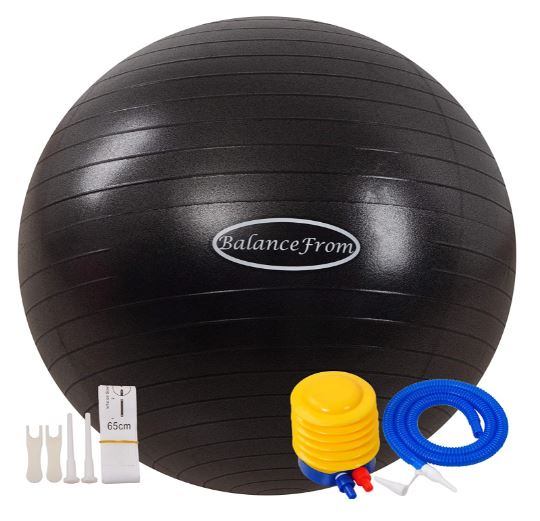I wanted to start a thread specifically about what I have been doing with adding flotation to our two paddle boats an OT canoe and OT recreational kayak.
The large number of frequent posters here are very advanced paddlers with years of experience and abilities, proficient in fast white water, ocean and large water body boating and things like extended tripping over water. Their equipment matches their skills and is suitable for these tasks.
Then there are people like myself that are maybe long time boaters but new and casual paddle boat people. Or even total newcomers to the sport on small recreational budgets and maybe doing calm river floats or small lake fishing. People not in top shape just looking to relax on the water having some fun.
My experience on Lake Erie in large powerboats with a healthy respect for the water gave me pause when we first started watching what people were doing with some of these budget canoes and recreational kayaks. This type of boat is not about never overturning more about when you overturn. When I saw how hard it is to manage a swamped canoe/kayak back to shore and even then empty it and get going again, it became a question in my head do you save yourself and let the boat go? We as new paddle boaters want to take our personal safety serious and I doubt we will venture beyond our swimming distances of shore. We still hope to learn more about rescuing and what can be done out on the water and of course practice. In all cases without some positive flotation these little recreational boats could be dangerous toys if you go past your limits.
So what I was looking at doing first was give myself the ability as a solo safely get myself and my canoe to a place I can get it emptied and continue on. In her case if she is off doing a float with her girls I don’t want her being the one swamped and not be able to drag the boat out of the water. My hope is they will see the benefits of some cheap flotation and do the same.
So my suggestions here are not geared to the white water open ocean folks you folks know what you are doing and have pro equipment made for the task.
The rest are the ones thinking about beach balls, pool noodles, plastic milk bottles and such I want to suggest what I think is a step up in quality and reliability and a way that wont break the budget and is fairly simple for a DIY project.
For what it is worth here is what I have done to our 2 boats mine an OT Guide 147 Canoe and hers an OT Trip 10 Kayak. I will start with the canoe. I added 2 peanut yoga balls one to each end they blew up to be about 18” Dia x 3’ long $18 each and are held down tightly with cam straps laced between the thwart and the carry handle and wedged into the bow and stern and the thwart. They would work fine just the way they are as they are thicker than a truck inner tube but because I fish from the canoe I put the peanut balls in army surplus laundry bags $3 each and laced them shut for a little more protection from a hook and also the sun. It was like blowing up a football with the bladder inside the skin.
Her kayak comes with a sealed stern hatch and a 2” thick closed cell foam bulkhead behind the seat. So Old Town took a step in the right direction with flotation as the rest of their rec kayaks are open. In the front they put a small block of foam wedged down the center and held with one screw. That is better than nothing that most rec kayaks have in the bow but I felt it wasn’t enough so I took it out. I bought 2 balls for the front the first was a kids bouncy ball the ones you see it the store in the wire cage with an area to pull them out below. They are tough enough and only $2 and I stuck a 9” one into the nose, followed by a round yoga ball the smallest one I could find that is 15-17” Dia blown up under $10. I had it about half blown up and stuck it in under the deck and shoved it in till it was pushing on the first ball. As I blew it up it conformed to the hull shape and this kayak has a dash with cup holder that hangs down a few inches lower than the deck so the inflated ball is firmly trapped in the space well enough I didn’t feel it needed any lacing in. Every kayak is different and if it did need a cord or strap the ends of the adjustable foot rest rails would be the place to attach that. The ball comes about flush in her case where she has her foot stops and she said she may just use the ball as another foot hold. There is a drain plug in the bow nose and that is still there and any hull water will flow around the balls and out.
Pictures are worth a 1000 words so here they are.
Everyone’s personal safety is their own business. I’m happy with what I have now as an extra safety factor. Both boats didn’t come with. Everyone can make up their own mind based around risk and the type of usage as to how far they want to go.













